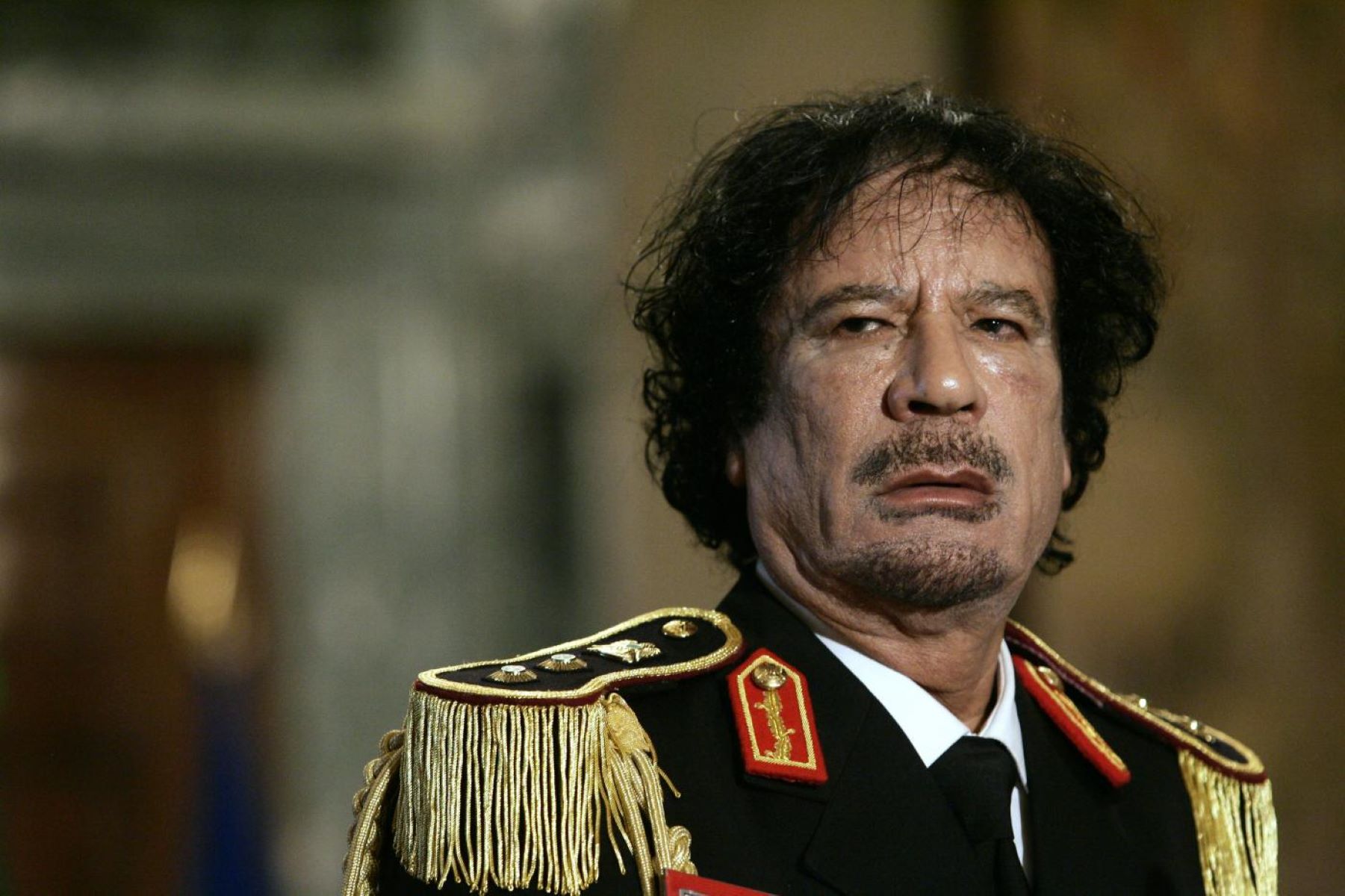
When it comes to controversial leaders, Muammar Gaddafi is a name that cannot be overlooked. The former Libyan dictator was a complex figure, known for his eccentricities and iron-fisted rule. His reign lasted for over four decades, during which he transformed Libya both politically and economically.
In this article, we will uncover eight astounding facts about Muammar Gaddafi that will shed light on his personality and the impact he had on Libya and the world at large. From his extravagant lifestyle to his efforts in Pan-Africanism, Gaddafi’s story is one filled with intrigue and controversy.
So, buckle up and get ready to dive into the fascinating world of Muammar Gaddafi, where power, wealth, and ideologies clashed in extraordinary ways.
Key Takeaways:
- Muammar Gaddafi ruled Libya for over 40 years, had a unique fashion sense, and supported African unity and liberation movements worldwide. He faced international sanctions and was overthrown in 2011.
- Gaddafi’s eccentric fashion, political ideology, and controversial actions made him a polarizing figure. He promoted Pan-Africanism, funded liberation movements, and was ultimately overthrown and killed during the Libyan Civil War.
Muammar Gaddafi ruled Libya for over four decades.
As one of the longest-serving non-royal leaders in history, Muammar Gaddafi held power as the Revolutionary Chairman of the Libyan Arab Republic from 1969 until his overthrow in 2011.
Gaddafi was known for his eccentric fashion choices.
From his signature military uniforms and flamboyant robes to his collection of hats and sunglasses, Gaddafi always made a style statement wherever he went.
He declared himself the “Brother Leader” of Libya.
Gaddafi believed in a form of direct democracy called the “Jamahiriya” and referred to himself as the “Brother Leader” of the Libyan people.
Gaddafi promoted Pan-Africanism.
He was a vocal supporter of African unity and played a prominent role in the formation of the African Union. Gaddafi also advocated for the creation of a United States of Africa.
He funded numerous liberation movements.
Gaddafi provided financial and military support to various anti-colonial and revolutionary movements around the world, including the Irish Republican Army and the Palestinian Liberation Organization.
Gaddafi’s Green Book outlined his political ideology.
Gaddafi wrote a political manifesto called the Green Book, which outlined his unique blend of socialism, nationalism, and direct democracy.
He faced international sanctions and isolation.
Due to his controversial actions and support for terrorism, Gaddafi faced international sanctions and became isolated from much of the international community.
Gaddafi was overthrown and killed during the Libyan Civil War.
After several months of protests and armed conflict, Gaddafi’s regime was toppled in 2011, and he was captured and killed by rebel forces.
Conclusion
In conclusion, Muammar Gaddafi remains a fascinating figure in history, with a legacy that continues to inspire intrigue and discussion. From his rise to power to his controversial reign, there are numerous astounding facts that surround this enigmatic leader. The eight facts mentioned in this article offer just a glimpse into the complex life and times of Muammar Gaddafi.Despite his controversial actions and policies, Gaddafi’s influence on Libya and the wider Middle East cannot be ignored. His ambition, unique governing style, and eccentric personal life have undeniably left an indelible mark on the region’s history. Understanding the complexities of Gaddafi’s rule is essential in comprehending the political landscape in which Libya finds itself today.As time goes on, more information may continue to emerge, shedding further light on the life of Muammar Gaddafi. His story serves as a reminder of the complex nature of leadership and the ever-evolving socio-political dynamics of our world.
FAQs
Q: How did Muammar Gaddafi come to power?
A: Muammar Gaddafi came to power through a military coup in 1969, overthrowing the monarchy of King Idris. He became the de facto leader of Libya and established a socialist government.
Q: What were some of Gaddafi’s controversial actions?
A: Gaddafi’s controversial actions include supporting and funding various international terrorist organizations, suppressing political dissidents, and implementing strict social policies that restricted personal freedoms in Libya.
Q: How long did Gaddafi rule Libya?
A: Gaddafi ruled Libya for more than four decades, from 1969 until his death in 2011 during the Libyan Civil War.
Q: What was Gaddafi’s vision for Libya?
A: Gaddafi had a vision of a self-reliant and united Arab world. He promoted pan-Arabism and advocated for the establishment of a unified African Union.
Q: Did Gaddafi make any significant changes in Libya?
A: Gaddafi implemented several changes in Libya, including nationalizing industries, redistributing wealth, and improving access to education and healthcare. However, his policies also faced criticism for suppressing political freedoms and human rights abuses.
Q: How did Gaddafi’s reign come to an end?
A: Gaddafi’s reign came to an end during the Arab Spring protests in Libya in 2011. A NATO-led intervention supported the Libyan rebels, leading to Gaddafi’s capture and subsequent death.
Q: What is Gaddafi’s lasting legacy?
A: Gaddafi’s lasting legacy is a complex and controversial one. While some view him as a revolutionary leader who fought against imperialism, others see him as a dictator responsible for human rights abuses. His legacy continues to shape the political landscape of Libya and the wider Middle East region.
Q: Are there any ongoing conflicts related to Gaddafi’s reign?
A: Yes, the fall of Gaddafi’s regime in 2011 resulted in a power vacuum, leading to ongoing conflicts and political instability in Libya. Various factions and armed groups have vied for control, with different regions and ideologies at odds with one another.
Was this page helpful?
Our commitment to delivering trustworthy and engaging content is at the heart of what we do. Each fact on our site is contributed by real users like you, bringing a wealth of diverse insights and information. To ensure the highest standards of accuracy and reliability, our dedicated editors meticulously review each submission. This process guarantees that the facts we share are not only fascinating but also credible. Trust in our commitment to quality and authenticity as you explore and learn with us.
